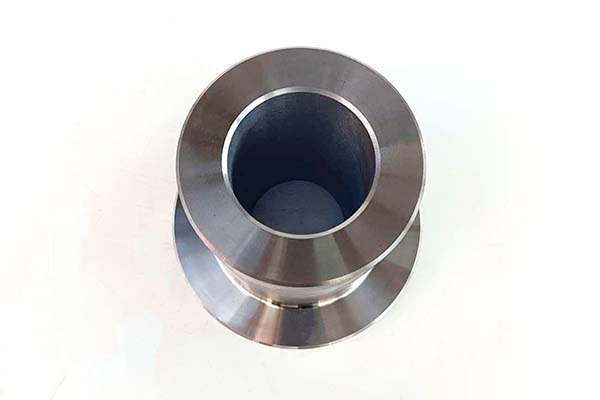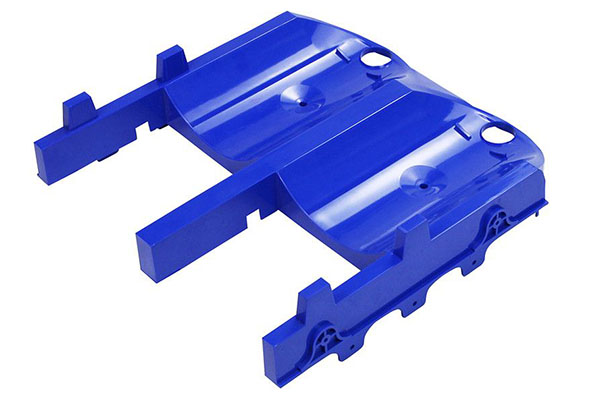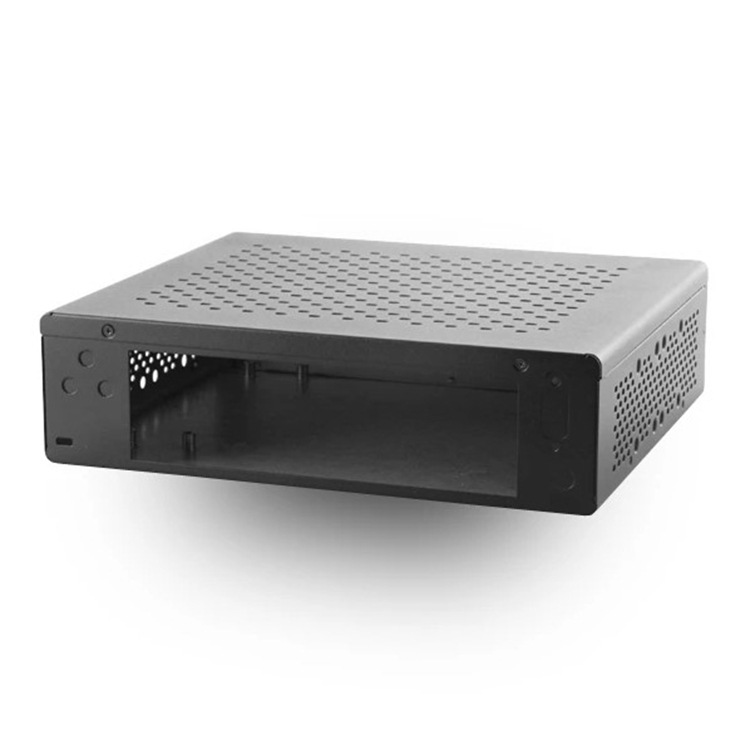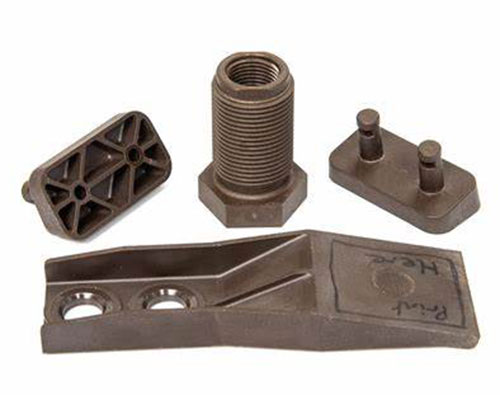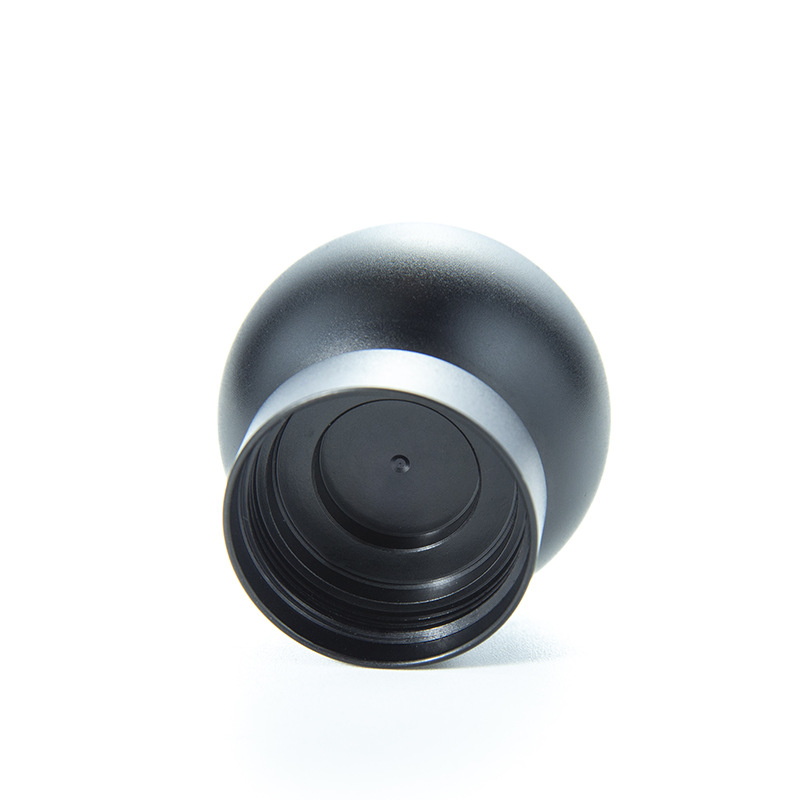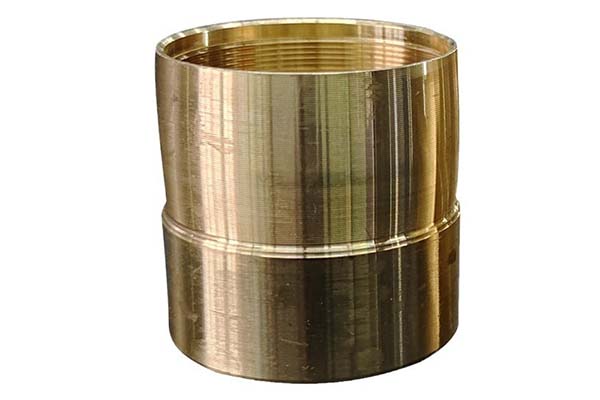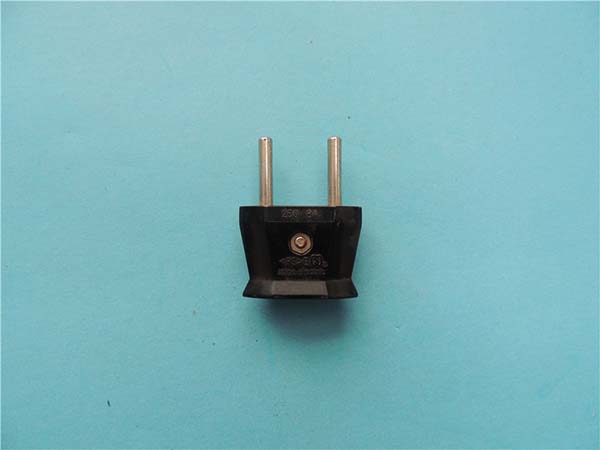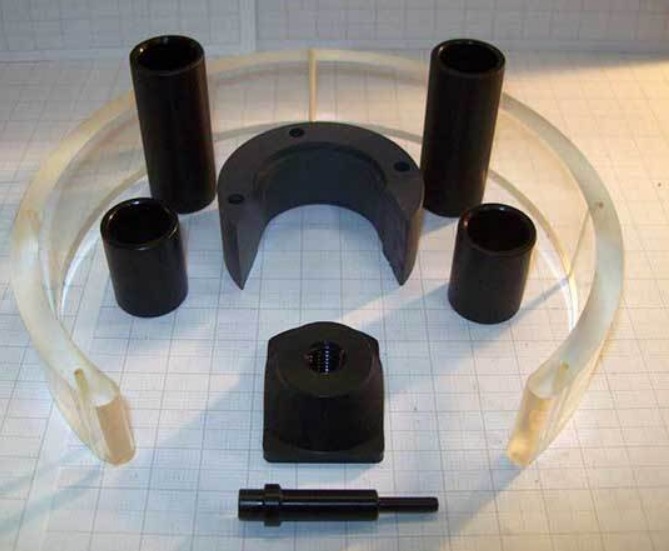Hastelloy C-276 is a premium nickel alloy celebrated for its unmatched corrosion resistance and exceptional high-temperature performance, making it a critical material in the most aggressive industrial environments. Its complex alloy composition—57% nickel, 16% chromium, 15% molybdenum, 5% iron, and trace elements like tungsten—delivers a rare combination of chemical resistance and mechanical properties that outperform most stainless steels and other nickel alloys. However, machining this superalloy is notoriously challenging, from its extreme toughness to its tendency to generate intense heat that tests cutting tool limits. This guide explores the essential aspects of CNC machining Hastelloy C-276, offering practical solutions to overcome its difficulties and achieve precise, reliable results.
Material Overview of Hastelloy C-276
Composition and Key Characteristics
The alloy composition of Hastelloy C-276 is engineered for maximum performance in harsh conditions. Molybdenum and tungsten enhance corrosion resistance against pitting and crevice corrosion in halide environments, while chromium provides protection against oxidizing media. This blend results in extraordinary chemical resistance—it withstands sulfuric acid, hydrochloric acid, and even chlorine gas, making it a staple in chemical processing and petrochemical industry applications.
In terms of mechanical properties, Hastelloy C-276 offers a tensile strength of 745-860 MPa, a yield strength of 310 MPa, and elongation of 40%, providing sufficient ductility for forming complex shapes. Its high-temperature performance is equally impressive, retaining strength and corrosion resistance up to 1093°C, far exceeding the capabilities of Monel 400 or standard stainless steels. A comparative study found that Hastelloy C-276’s corrosion rate in 10% sulfuric acid is 0.002 mm/year—50 times lower than 316 stainless steel, solidifying its role in aggressive chemical environments.
How Properties Impact Machinability
While Hastelloy C-276’s properties make it indispensable, they create significant machining challenges. Its high hardness (210-260 HB) and extreme toughness mean cutting tools face 3-4 times more resistance than when machining carbon steel. Its low thermal conductivity (10.8 W/m·K) traps heat at the tool-workpiece interface, reaching temperatures up to 1100°C—hot enough to soften even carbide tools. Additionally, its mechanical properties lead to severe work hardening; a single pass over a previously cut surface can increase hardness by 40%, causing uneven cutting forces and rapid tool wear. These factors combined make CNC machining of Hastelloy C-276 a test of tooling, parameters, and expertise.
Machining Considerations for Hastelloy C-276
Tool Selection and Machining Parameters
Tool selection is critical for successful Hastelloy C-276 machining. Carbide tools with ultra-fine grains (0.5-1 μm) and advanced coatings like AlTiN or diamond-like carbon (DLC) are mandatory. DLC coatings reduce friction (coefficient of 0.1) and withstand higher temperatures than standard coatings, extending tool life by 50% in testing compared to TiAlN-coated tools. For heavy roughing, ceramic tools (alumina-based) can be used but require rigid machine setups to prevent chipping.
Optimal machining parameters are key to balancing efficiency and tool preservation:
- Turning: Use cutting speeds of 30-50 m/min with feed rates of 0.1-0.15 mm/rev. Positive rake inserts with sharp edges minimize cutting forces and work hardening.
- Milling: Cutting speeds of 20-40 m/min and feed rates of 0.05-0.1 mm/tooth are recommended. Four-flute end mills with high helix angles (40-45°) improve chip evacuation, reducing heat buildup.
- Drilling: Carbide drills with internal coolant channels perform best at 10-20 m/min speeds and 0.05-0.08 mm/rev feeds, ensuring chips are flushed away from the cutting zone.
Coolant Requirements and Surface Finish
Coolant requirements for Hastelloy C-276 are stringent due to extreme heat generation. High-pressure coolant systems (100-150 bar) with water-soluble oils (8-10% concentration) are essential—they reduce tool temperature by 150-200°C, slow tool wear, and improve chip control. Flood cooling is insufficient; directed nozzles must target the cutting interface to be effective.
Achieving acceptable surface finish (typically Ra 1.6-3.2 μm for industrial parts) requires sharp tools and careful parameter control. Dull tools cause material smearing and increase roughness, while excessive cutting speed generates heat that warps the surface. A case study on machining chemical reactor components found that using fresh tools for finishing passes reduced surface finish Ra values by 40% compared to reusing roughing tools. For critical sealing surfaces, post-machining grinding can achieve Ra < 0.8 μm.
Maximizing Tool Life
Tool life in Hastelloy C-276 machining is significantly shorter than in most alloys—typically 30-50% less than when machining Inconel 718. To extend tool longevity:
- Replace tools at 50% of their maximum wear limit (flank wear ≤0.2 mm) to avoid sudden failure.
- Use rigid toolholders to minimize runout (≤0.002 mm), which accelerates uneven wear.
- Implement adaptive machining software that adjusts feed rate in real-time based on cutting force feedback, reducing tool overload.
A production test showed that these strategies increased tool life by 35% and reduced tooling costs by 25% for a batch of 100 Hastelloy C-276 valves.
Applications and Industries for Hastelloy C-276
Key Sectors and Uses
Hastelloy C-276 applications span industries where corrosion resistance is non-negotiable. In the chemical processing industry, it is used for reactors, heat exchangers, and piping systems handling aggressive acids and solvents. A major chemical plant reported that Hastelloy C-276 heat exchangers lasted 10 years in 98% sulfuric acid service, compared to 18 months for 316 stainless steel alternatives.
The petrochemical industry relies on it for offshore oil rig components, including manifolds and valve bodies, where it resists seawater, hydrogen sulfide, and brines. In aerospace components, it is used for turbine exhaust systems and combustion liners, thanks to its high-temperature performance. Even the pharmaceutical industry and food processing sectors utilize it for equipment requiring ultra-pure, corrosion-free surfaces that prevent product contamination.
Custom Machining for Specialized Needs
CNC machining enables the production of custom Hastelloy C-276 parts for unique challenges. For example, in marine equipment, custom propeller shafts and seawater intake screens are machined to withstand saltwater corrosion for decades. In pollution control systems, Hastelloy C-276 scrubber components are precision-machined to tight tolerances to ensure efficient removal of toxic gases.
Yigu Technology's Perspective
At Yigu Technology, we specialize in CNC machiningHastelloy C-276 for the most demanding industrial applications. Our approach combines ultra-fine carbide cutting tools with DLC coatings and optimized machining parameters to combat heat and work hardening. We utilize high-pressure coolant systems (150 bar) and rigid fixturing to ensure surface finish and dimensional accuracy. Our expertise in handling this superalloy allows us to deliver parts that meet the strict standards of chemical processing, petrochemical industry, and aerospace clients, ensuring reliability in even the harshest environments.
FAQs
Q1: What makes Hastelloy C-276 superior in corrosion resistance compared to other nickel alloys?
A1: Hastelloy C-276’s unique alloy composition—high molybdenum, tungsten, and chromium—provides unmatched corrosion resistance against both oxidizing and reducing media, including halides and strong acids. It outperforms Monel 400 in halide environments and Inconel 718 in aggressive chemical solutions.
Q2: What cutting tools are most effective for machining Hastelloy C-276?
A2: Ultra-fine carbide tools with DLC or AlTiN coatings are optimal. DLC coatings reduce friction and heat, while ultra-fine carbide grains resist chipping. For high-speed roughing, ceramic tools can be used with rigid setups to maximize material removal.
Q3: How do machining parameters for Hastelloy C-276 differ from those for stainless steel?
A3: Cutting speeds for Hastelloy C-276 are 50-70% lower than for 316 stainless steel (30-50 m/min vs. 80-120 m/min) to manage heat. Feed rates are also reduced (0.1 mm/rev vs. 0.2 mm/rev) to minimize work hardening, and high-pressure coolant is mandatory, unlike many stainless steel applications.
